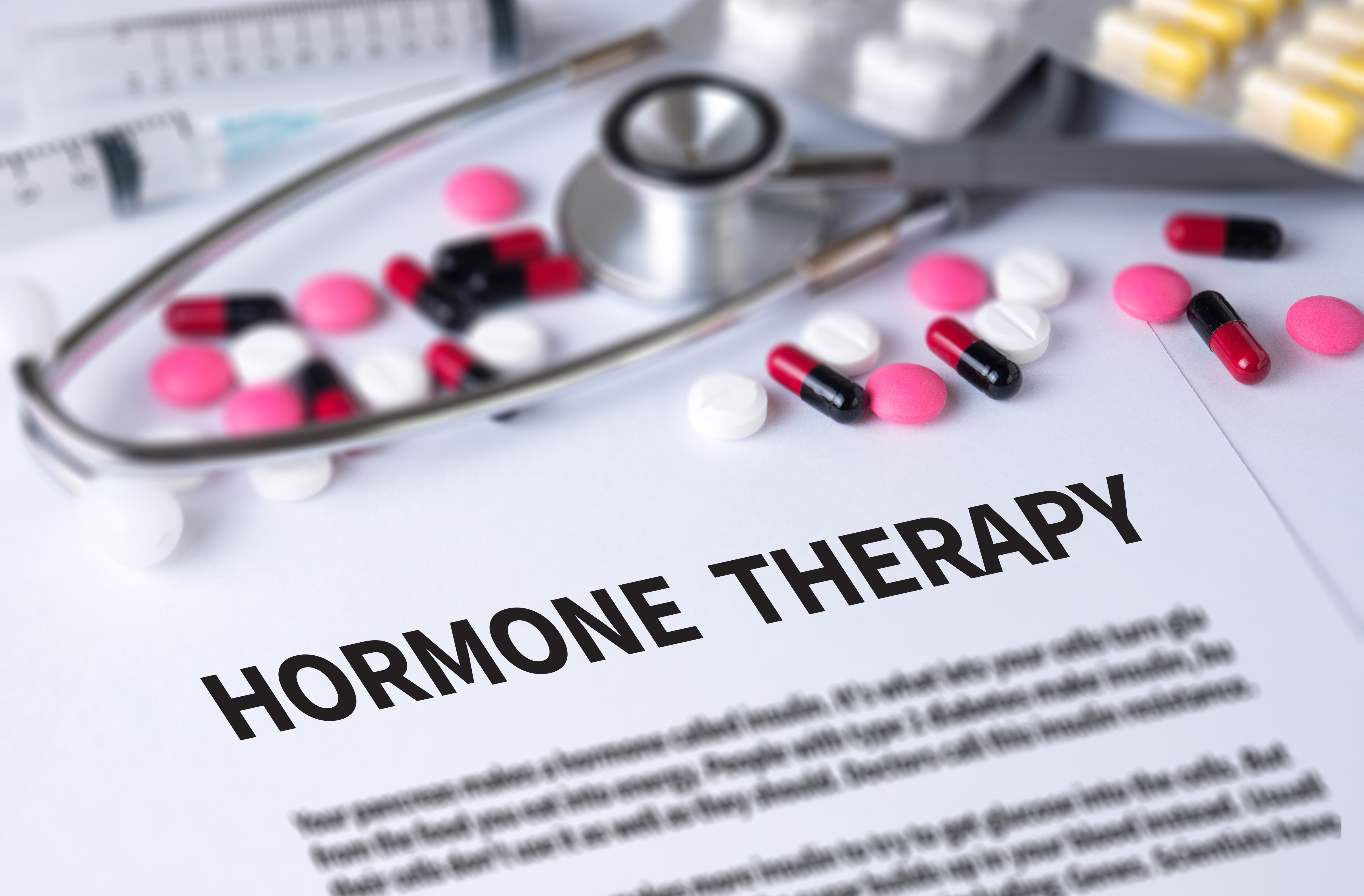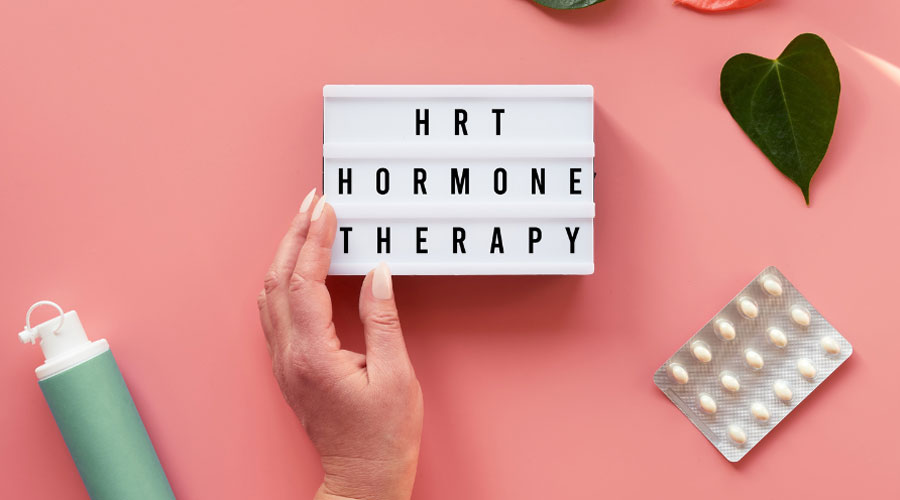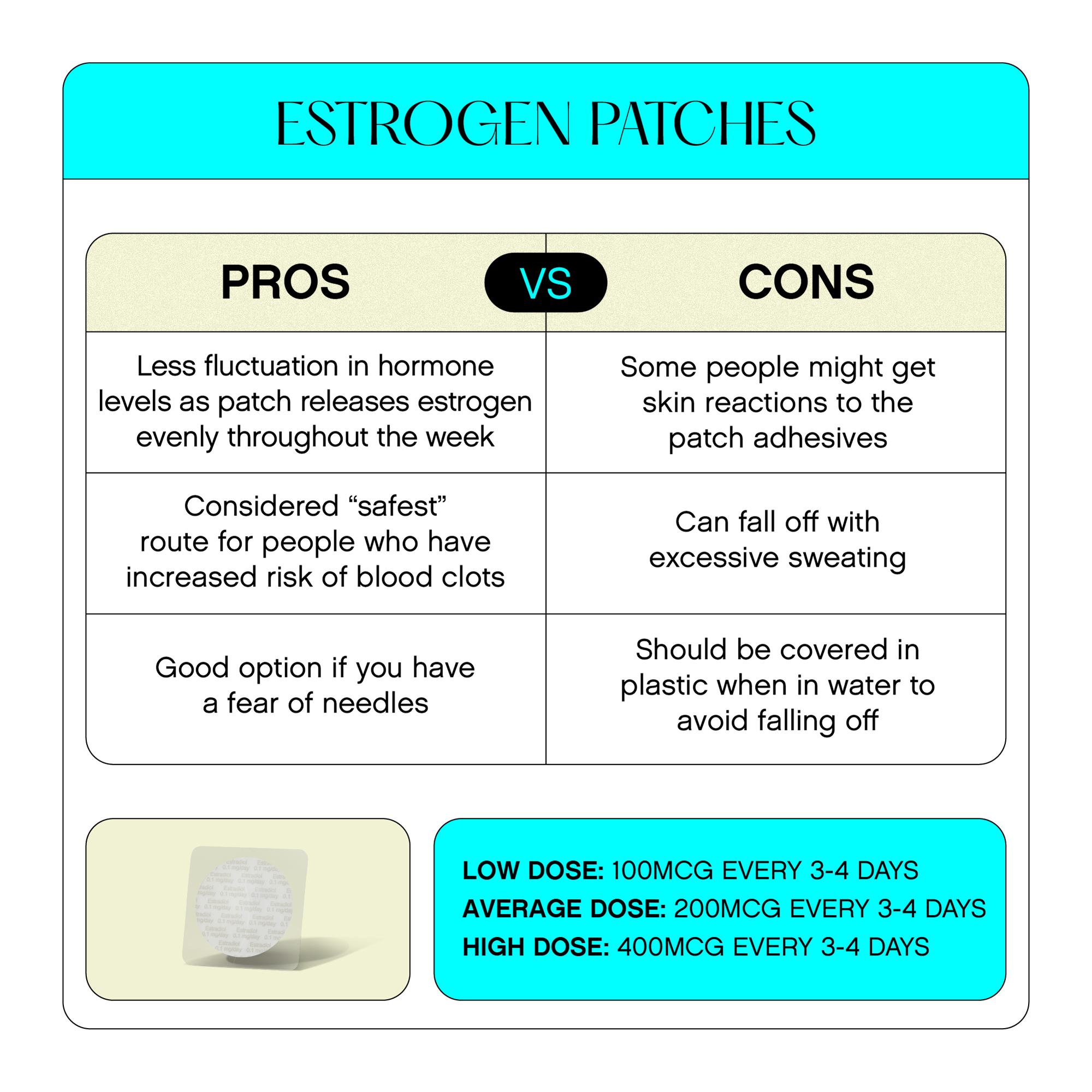Hormone replacement therapy after hysterectomy – Hormone replacement therapy (HRT) after hysterectomy is a complex topic with potential benefits and risks. Understanding the different types of HRT available, their associated risks and benefits, and the factors that influence treatment choices is crucial for informed decision-making.
This comprehensive guide delves into the complexities of HRT after hysterectomy, providing a clear overview of the therapy’s purpose, benefits, and potential risks. We will explore the different types of HRT, the factors that influence treatment choices, and the importance of personalized treatment plans.
Risks and Benefits of HRT After Hysterectomy
Hormone replacement therapy (HRT) is a treatment option for women who have undergone a hysterectomy, the surgical removal of the uterus. HRT can help to relieve symptoms of menopause, such as hot flashes, night sweats, and vaginal dryness. However, it is important to be aware of the potential risks and benefits of HRT before starting treatment.
Risks of HRT
The risks of HRT include:
- Increased risk of blood clots
- Increased risk of heart disease
- Increased risk of stroke
- Increased risk of breast cancer
- Increased risk of endometrial cancer
Benefits of HRT
The benefits of HRT include:
- Relief of menopausal symptoms
- Prevention of osteoporosis
- Improved mood
- Improved sleep
- Increased energy levels
Comparison of HRT Options
There are two main types of HRT: estrogen-only therapy and estrogen-plus-progestin therapy. Estrogen-only therapy is typically used for women who have had a hysterectomy and do not have a uterus. Estrogen-plus-progestin therapy is typically used for women who still have a uterus.
The risks and benefits of HRT vary depending on the type of HRT used.
Estrogen-only therapy is associated with a lower risk of blood clots, heart disease, and stroke than estrogen-plus-progestin therapy. However, estrogen-only therapy is associated with a higher risk of endometrial cancer. Estrogen-plus-progestin therapy is associated with a lower risk of endometrial cancer than estrogen-only therapy.
However, estrogen-plus-progestin therapy is associated with a higher risk of blood clots, heart disease, and stroke.
Individualizing HRT After Hysterectomy

The choice of hormone replacement therapy (HRT) after a hysterectomy is a highly individualized decision. Several factors influence the type and dosage of HRT that is most appropriate for each woman, including:
Symptoms
- The severity of menopausal symptoms, such as hot flashes, night sweats, and vaginal dryness.
- The presence of other medical conditions, such as heart disease, stroke, or breast cancer.
- The woman’s age, weight, and overall health.
- The woman’s personal preferences and goals.
It is important to work with a healthcare provider to develop a personalized treatment plan that takes into account all of these factors. A personalized treatment plan will help to ensure that the woman receives the maximum benefits of HRT while minimizing the risks.
Long-Term Effects of HRT After Hysterectomy
Long-term hormone replacement therapy (HRT) after hysterectomy may have both potential benefits and risks. Understanding these long-term effects can help individuals make informed decisions about their treatment options.
HRT can help alleviate symptoms associated with menopause, such as hot flashes, night sweats, vaginal dryness, and mood changes. It may also reduce the risk of certain chronic conditions, including osteoporosis, heart disease, and dementia.
Potential Benefits of Long-Term HRT
- Reduced risk of osteoporosis
- Improved cardiovascular health
- Reduced risk of cognitive decline
- Improved sleep quality
- Increased sexual function
Potential Risks of Long-Term HRT
- Increased risk of breast cancer
- Increased risk of blood clots
- Increased risk of stroke
- Increased risk of endometrial cancer (in women with an intact uterus)
The risks and benefits of long-term HRT vary depending on individual factors, such as age, overall health, and family history. It is important to discuss the potential long-term effects of HRT with a healthcare provider before making a decision about treatment.
Monitoring and Follow-Up After HRT Initiation
Regular monitoring and follow-up are crucial after starting hormone replacement therapy (HRT) to ensure its effectiveness and minimize potential risks. This involves periodic assessments and examinations to track your response to treatment and make necessary adjustments.
The frequency and type of monitoring will vary depending on your individual needs and the specific HRT regimen you are using. Your healthcare provider will determine the appropriate schedule based on your medical history, symptoms, and overall health.
Tests and Examinations
The following tests and examinations may be recommended during follow-up appointments:
- Physical examination:To assess your overall health and check for any changes in your breasts, uterus, and other organs.
- Blood pressure monitoring:To ensure that HRT is not causing any adverse effects on your cardiovascular system.
- Blood tests:To measure hormone levels, liver function, and other blood parameters.
- Mammogram:To screen for breast cancer, especially if you are taking estrogen-containing HRT.
- Pelvic exam:To check the health of your uterus and other pelvic organs.
- Bone density scan:To assess your bone health, particularly if you are taking estrogen-only HRT.
Alternative Therapies to HRT After Hysterectomy: Hormone Replacement Therapy After Hysterectomy
After undergoing a hysterectomy, some women may opt for or consider alternative therapies in place of or alongside hormone replacement therapy (HRT). These alternatives aim to alleviate symptoms associated with estrogen deficiency and improve overall well-being.
Herbal Remedies
- Black cohosh:This herb has been traditionally used to manage menopausal symptoms, including hot flashes and night sweats. Studies have shown that it may be effective in reducing hot flash frequency and severity.
- Red clover:This plant contains isoflavones, which are plant-based compounds that have estrogen-like effects. Research suggests that red clover may help relieve hot flashes and vaginal dryness.
- Chasteberry:Also known as vitex, chasteberry is believed to regulate hormone levels and reduce symptoms such as mood swings and irritability.
Dietary Changes
Dietary modifications can play a role in managing symptoms after a hysterectomy. Consuming foods rich in:
- Phytoestrogens:These plant-based compounds mimic the effects of estrogen and may help reduce hot flashes. Sources include soybeans, flaxseeds, and lentils.
- Omega-3 fatty acids:These essential fatty acids have anti-inflammatory properties that may help alleviate joint pain and mood changes.
- Calcium and vitamin D:These nutrients are crucial for bone health, which may be compromised after a hysterectomy.
Lifestyle Modifications
Lifestyle changes can also contribute to symptom management:
- Exercise:Regular physical activity helps reduce stress, improve sleep, and alleviate hot flashes.
- Stress management:Techniques such as yoga, meditation, or deep breathing exercises can help regulate hormone levels and reduce stress-related symptoms.
- Sleep hygiene:Establishing a regular sleep schedule, creating a relaxing bedtime routine, and ensuring a comfortable sleep environment can improve sleep quality.
Patient Education and Resources

Following a hysterectomy, patients seeking information and support regarding hormone replacement therapy (HRT) can access a wealth of resources to enhance their understanding and decision-making process.
Reliable websites, support groups, and other materials provide comprehensive information on HRT, including its benefits, risks, and individualized approaches. These resources empower patients with the knowledge they need to make informed choices about their healthcare.
Websites
- National Institutes of Health (NIH): https://www.nichd.nih.gov/health/topics/hrt/conditioninfo/Pages/default.aspx
- Mayo Clinic: https://www.mayoclinic.org/diseases-conditions/hysterectomy/in-depth/hysterectomy/art-20045426
- American College of Obstetricians and Gynecologists (ACOG): https://www.acog.org/womens-health/faqs/hormone-replacement-therapy-after-hysterectomy
Support Groups, Hormone replacement therapy after hysterectomy
- HysterSisters: https://www.hystersisters.com/
- National Uterine Fibroids Foundation: https://www.nuff.org/
- Endometriosis Association: https://www.endometriosisassn.org/
Other Materials
- Books:
- The HRT Handbook: A Woman’s Guide to Hormone Replacement Therapyby Dr. Susan Rako
- Hormone Replacement Therapy: A Guide for Womenby Dr. Mary Jane Minkin
- Pamphlets and brochures: Available from healthcare providers, pharmacies, and patient advocacy organizations
Frequently Asked Questions
What are the benefits of HRT after hysterectomy?
HRT can help alleviate symptoms of menopause, such as hot flashes, night sweats, and vaginal dryness. It can also help prevent bone loss and reduce the risk of heart disease and stroke.
What are the risks of HRT?
HRT can increase the risk of certain health conditions, such as blood clots, stroke, and breast cancer. However, the risks are generally low, and HRT is considered safe for most women.
How do I know if HRT is right for me?
The decision of whether or not to take HRT is a personal one. Your doctor can help you weigh the benefits and risks and determine if HRT is right for you.
